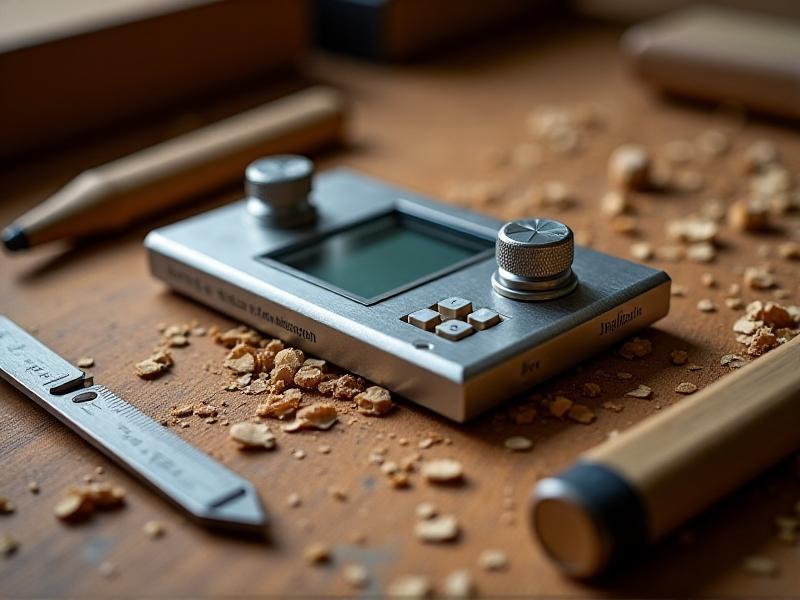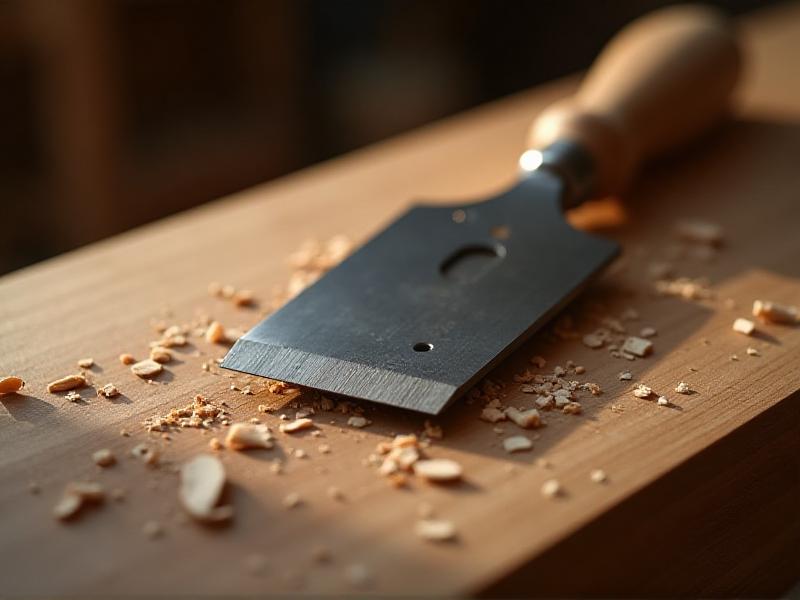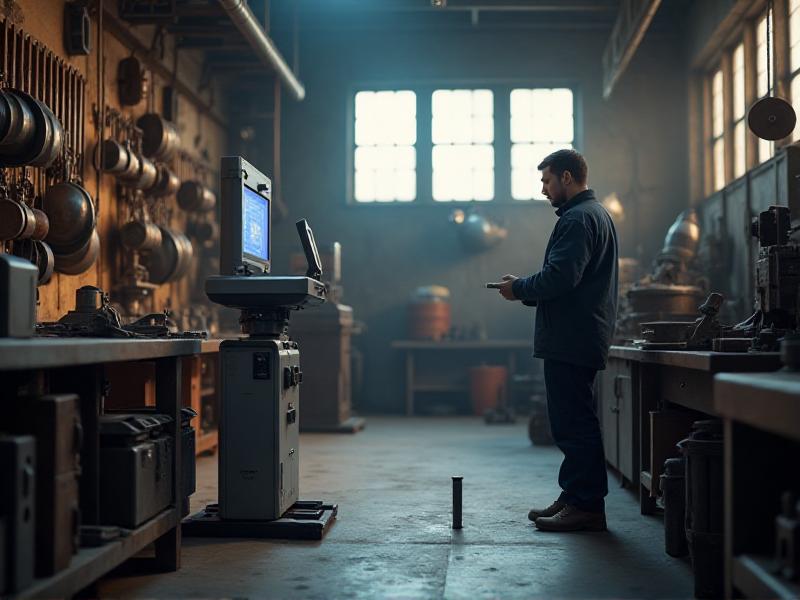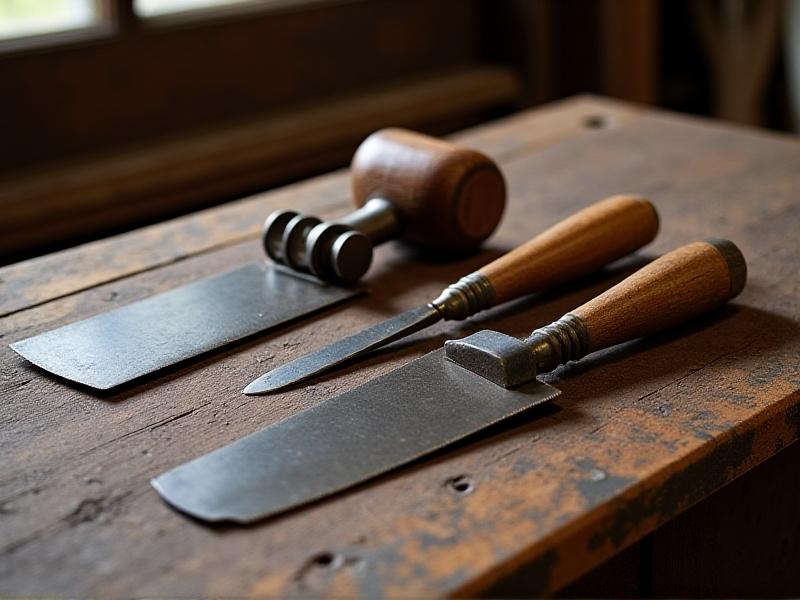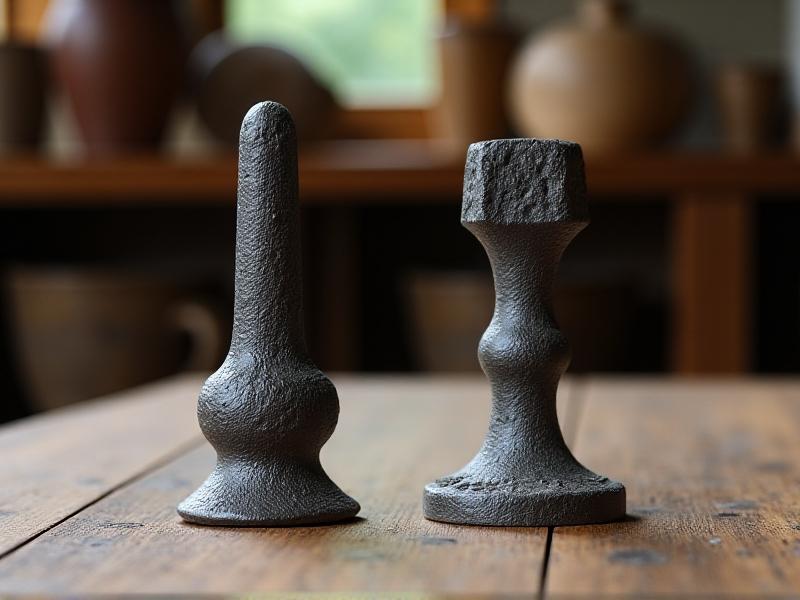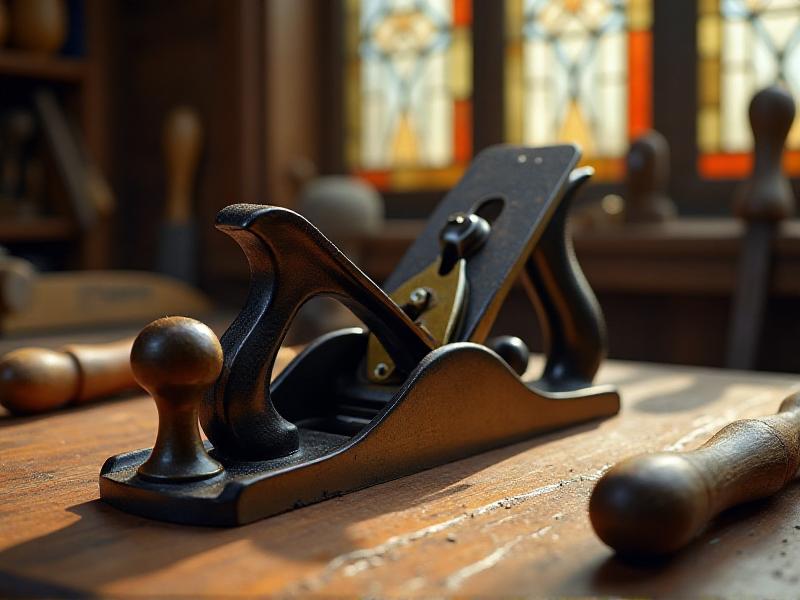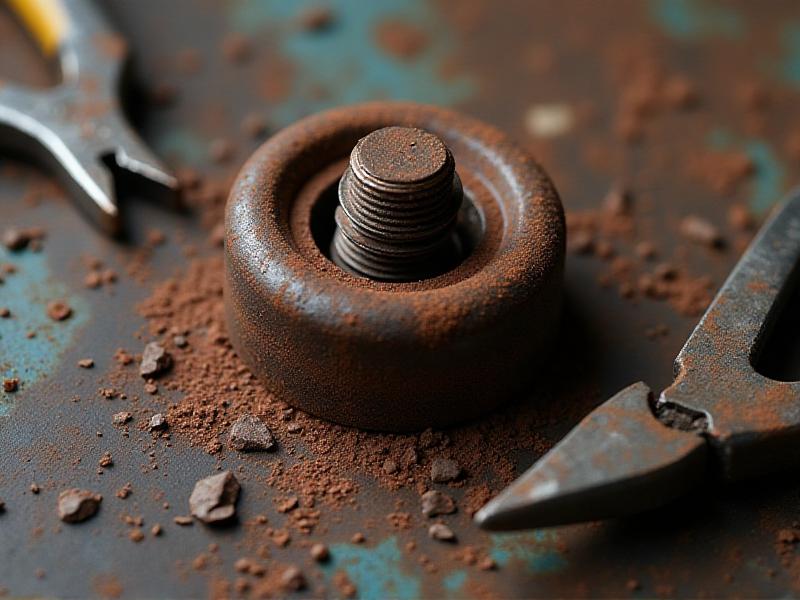Preserving Patina During Chemical Stripping
Understanding Patina: The Beauty of Age and Wear
Patina is the natural aging process that occurs on surfaces over time, often seen on metals, wood, and even stone. It’s a testament to the passage of time, adding character and depth to an object. For collectors and restorers, preserving patina is crucial, as it tells a story and enhances the object’s historical and aesthetic value. However, when chemical stripping is necessary to remove layers of paint or corrosion, the challenge lies in maintaining this delicate balance between restoration and preservation.

Chemical stripping is a powerful method for removing unwanted layers, but it can also strip away the patina if not done carefully. Understanding the nature of patina—its composition, how it forms, and why it’s valuable—is the first step in ensuring its preservation. This section will explore the science behind patina and why it’s worth protecting, even during aggressive restoration processes.
The Role of Chemical Stripping in Restoration
Chemical stripping is a common technique used in restoration to remove layers of paint, rust, or other contaminants from surfaces. It involves applying chemical solutions that break down these layers, making them easier to remove. While effective, this process can be harsh on the underlying material, potentially damaging the patina that has developed over time.
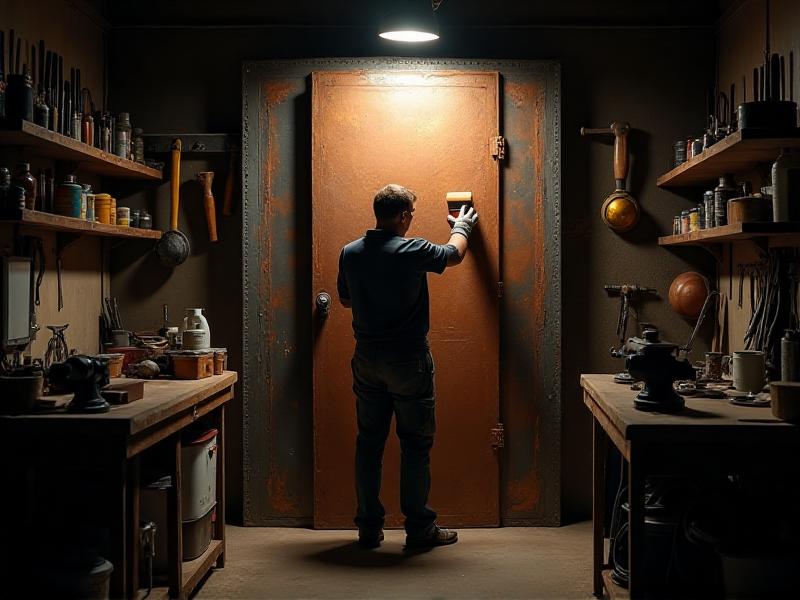
Not all chemical strippers are created equal. Some are more aggressive, while others are formulated to be gentler on delicate surfaces. Choosing the right product and technique is essential for preserving patina. This section will delve into the types of chemical strippers available, their applications, and how to use them responsibly to achieve the desired results without compromising the object’s historical integrity.
Techniques for Preserving Patina During Stripping
Preserving patina during chemical stripping requires a combination of knowledge, skill, and the right tools. One approach is to use targeted application methods, such as applying the stripper only to specific areas or using a brush to control the spread. Another technique is to neutralize the chemical stripper quickly after it has done its job, preventing it from continuing to react with the surface.
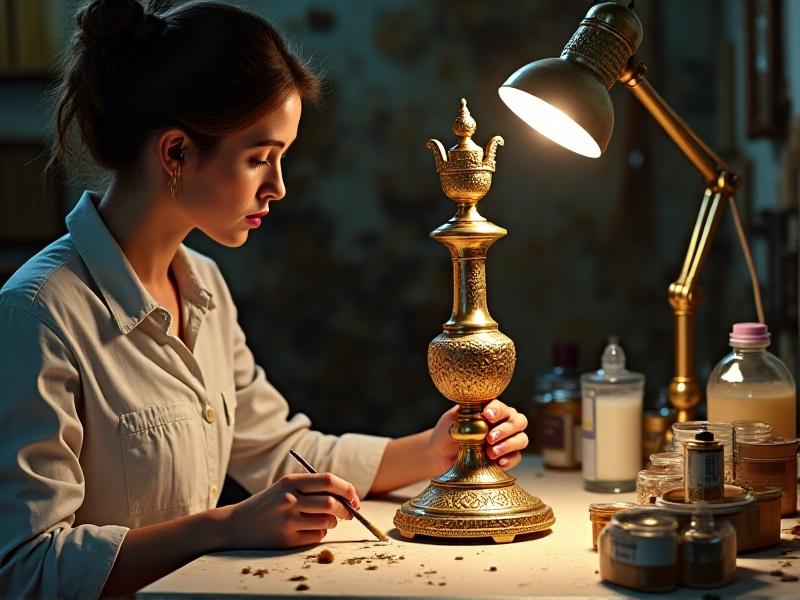
Testing the stripper on a small, inconspicuous area first is also a crucial step. This allows you to gauge its effect on the patina and adjust your approach if necessary. Additionally, using protective coatings or barriers can help shield the patina from the stripping agent. This section will provide practical tips and step-by-step guidance for preserving patina during chemical stripping, ensuring that the object’s history remains intact.
Case Studies: Successful Patina Preservation
Examining real-world examples can provide valuable insights into the best practices for preserving patina during chemical stripping. One notable case is the restoration of a 19th-century bronze statue, where conservators used a mild chemical stripper and meticulous handwork to remove layers of grime without damaging the statue’s rich green patina. Another example involves the restoration of a vintage wooden table, where a combination of gentle stripping and careful sanding preserved the wood’s natural aging and character.
These case studies demonstrate that with the right techniques and a deep understanding of the materials involved, it’s possible to achieve stunning restoration results while preserving the patina. This section will analyze these examples in detail, drawing lessons that can be applied to other restoration projects.
Tools and Materials for Patina-Friendly Stripping
Having the right tools and materials is essential for preserving patina during chemical stripping. Soft-bristle brushes, sponges, and cotton swabs can help apply and remove strippers with precision. Neutralizing agents, such as baking soda solutions, can stop the chemical reaction once the desired effect is achieved. Protective gloves, goggles, and masks are also crucial for safety during the process.
Specialized products, such as pH-neutral strippers and patina-enhancing solutions, can also play a role in achieving the desired results. This section will provide a comprehensive list of tools and materials needed for patina-friendly stripping, along with recommendations for brands and products that have proven effective in real-world applications.
Common Mistakes to Avoid When Stripping Patina
Even with the best intentions, mistakes can happen during the chemical stripping process. One common error is using a stripper that’s too aggressive, which can strip away the patina entirely. Another mistake is leaving the stripper on for too long, allowing it to penetrate deeper layers and cause damage. Rushing the process or skipping the testing phase can also lead to undesirable results.
Ignoring safety precautions is another pitfall. Chemical strippers can be hazardous to both the object and the person handling them, so proper protective gear and ventilation are essential. This section will outline the most common mistakes made during chemical stripping and provide advice on how to avoid them, ensuring a successful and patina-friendly restoration process.
Balancing Restoration and Preservation
Restoration and preservation are often seen as opposing goals, but they don’t have to be. The key is to strike a balance—removing what’s harmful or unnecessary while preserving what’s valuable and meaningful. This requires a deep understanding of the object’s history, materials, and the reasons behind its current condition.
Sometimes, the best approach is to leave certain imperfections untouched, as they contribute to the object’s character and story. Other times, careful restoration can enhance the patina, bringing out its beauty without altering its essence. This section will explore the philosophical and practical aspects of balancing restoration and preservation, offering insights for both amateur and professional restorers.
Future Trends in Patina Preservation
As restoration techniques and materials continue to evolve, so do the methods for preserving patina. Advances in chemical formulations are leading to the development of gentler, more targeted strippers that can remove unwanted layers without affecting the patina. Digital tools, such as 3D scanning and printing, are also being used to replicate and preserve patina in innovative ways.
Sustainability is another growing trend, with restorers seeking eco-friendly alternatives to traditional chemical strippers. These developments are opening up new possibilities for preserving patina while minimizing environmental impact. This section will look at the future of patina preservation, exploring emerging trends and technologies that are shaping the field of restoration.
